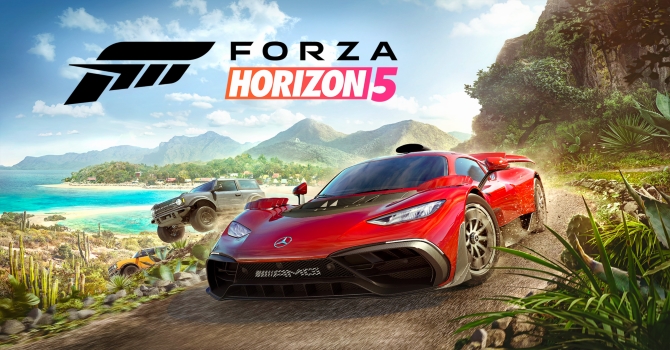That's assuming FSR 3.0 is going to be as effective as DLSS. Upscaling tech amplifies the effects of RT acceleration and makes it far more viable.
Again, FSR 3 is most likely not going to be an upscaling technology, just like DLSS 3 isn't. You keep conflating temporal upscaling with interpolation, even though they are completely different technologies.
You argued that DLSS 3 will improve the image quality compared to DLSS 2, even though it has already been released and we know that it isn't the case. DLSS 3 produces way more artifacts than both DLSS 2 and FSR 2, yet you don't comment on that at all, even though you critique the far smaller differences between DLSS 2 and FSR 2. Also, input lag will be worse than having half the FPS, where those frames are actually based on new input.
You continuously exaggerate the benefits of Nvidia features and downplay AMD's features...
Nvidia uses dedicated RT cores that are a separate hardware block, while the ones that AMD uses are integrated into the GPU compute units themselves.
But AMD can still add extra ray accelerators to the CU's.
Well stuff like this tends to be subjective generally speaking, but when I looked at the 4K comparison image that TPU uploaded, the first thing I noticed was how much better looking the vegetation was in the DLSS image. The FSR 2.1 looks like it has vaseline smeared on the vegetation.
I see a little bit more sharpness in the grass rendered by FSR, actually. However, FSR doesn't render very thin blades of grass, which is a known issue with rendering very thin lines.
but in the video you can clearly see more temporal instability artifacts being generated by FSR 2.1 and the screenshot shows more anti aliasing and reduced clarity.
I don't agree on the clarity, but the other two are a bit worse on FSR 2. However, I dispute that this is a big difference. Again, you don't call out the far bigger artifacting with DLSS 3, which suggests to me that you are rather biased.
My concern however is that since they don't use M.L and A.I to improve it, how is it ever going to be on par with DLSS or even XeSS for that matter?
ML is not necessarily better than manual coding. There is nothing that ML can do that a coder couldn't do in theory, although it may be harder to implement or even unfeasible due to how much effort it takes. However, there are advantages to hand coding as well, like tunability.
XeSS to me looks more impressive especially it's being run on an Intel GPU
XeSS actually runs way worse on non-Intel GPU's. XeSS on non-Intel is way worse than FSR 2.




